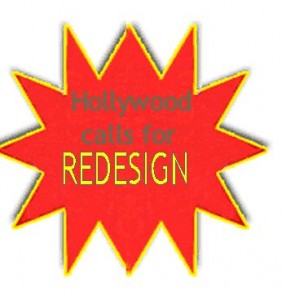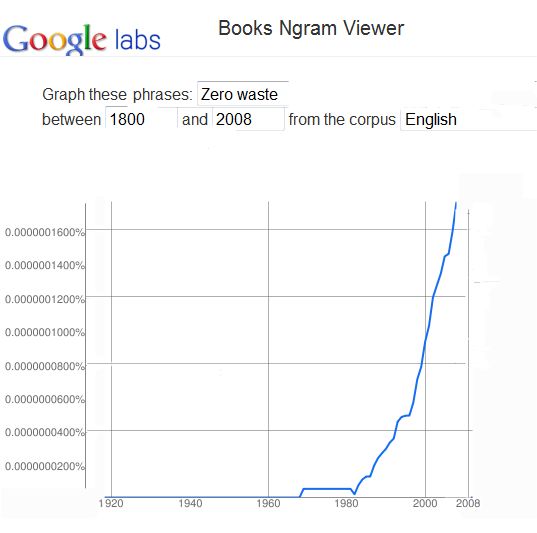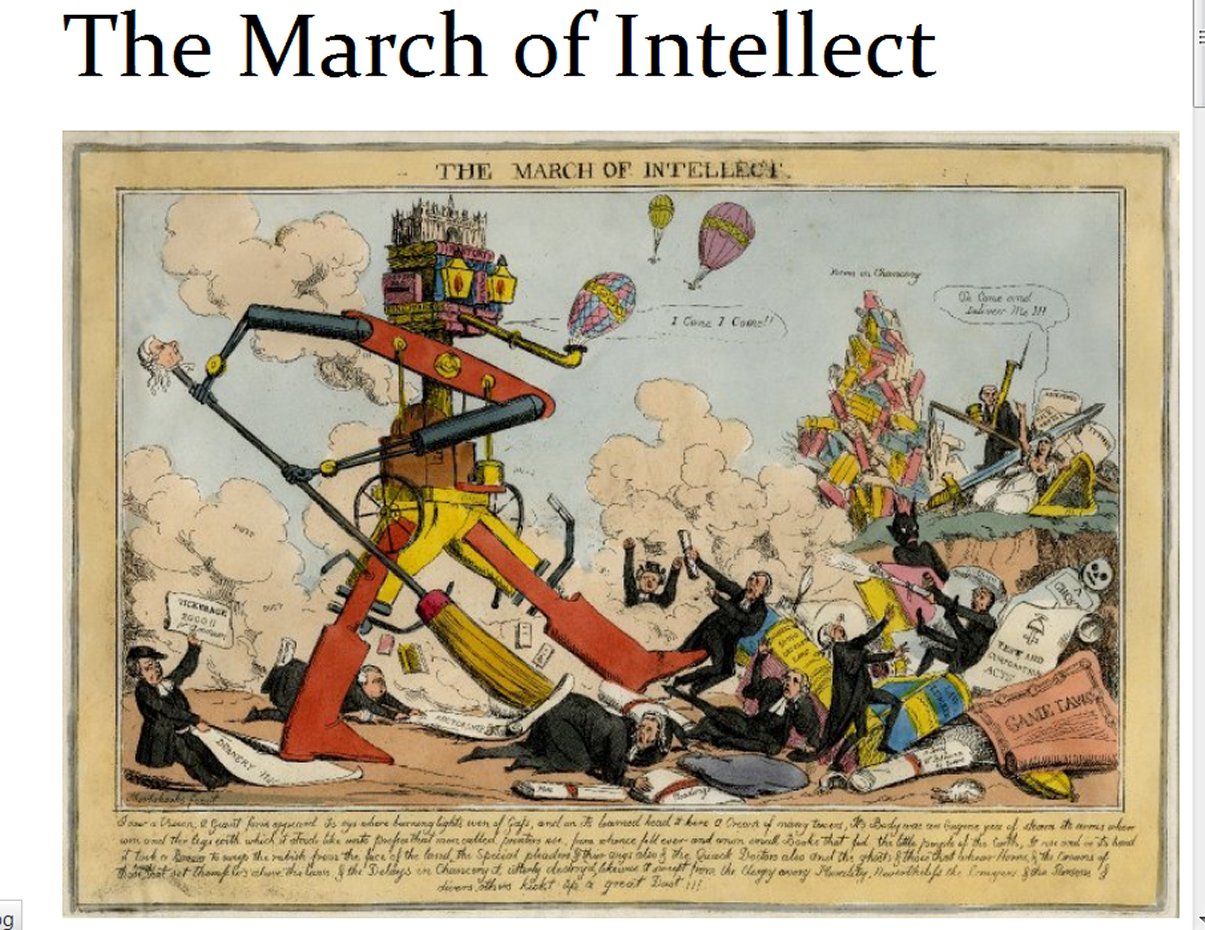December 2024
Curiosity Stream is a wonderful website for showing environmental videos from around the world.
I was watching a video called Bali Spirit under the People and Places collection. Much of it is devoted to following tourists as they practice yoga, since they say 80% of the Balinese people make their living from tourism. They keep using the word spiritual though it is not clear what this really means. Maybe something like a connection with the earth and with forces larger than yourself.
There is a series of shots of people surfing on waves on the ocean. But, we are told, it is hard because the water is full of trash. Even in this island paradise, people are discarding their plastic trash into the river and the ocean.
What is the local reaction? Exactly the same reaction that occurs to people everywhere in the world. They get large plastic bags and grabbers and energize young people to go around the beaches and pick up all the trash they can see and put it into their large bags. After a day of cleanup, the beach looks a lot cleaner. Everyone knows that the same job will await them the following week, as the trash arrival never stops.
What got to me mostly was the insistence of the leader and organizer that just cleaning up trash was only the beginning. What was more important to her was the educational component.
One has to wonder what is in the educational component. The video shows them talking about using personal drinking bottles instead of using disposable ones. Maybe there is no way around this. Maybe the only way to get started is with the most personal interaction, the goods that can pass through your own personal hands, that call out to you for a friendly garbage can. Undoubtedly I can hear them longingly searching for a way to recycle all of the trash they collected. I would not be surprised to see separate receptacles labeled Paper and Plastic and Glass. But what the cleaners don’t know yet, is that the labels are the whole recycling. The labels are ultimately worthless. Everything they pick up or separate has only one fate. It will all be going into the same hole in the ground. Or maybe today, into the one great incinerator. Because the fallout from focusing exclusively on the personal is the delusion that the only important question is where should I “put it”. The really important question, “how and why is the trash here” gets hidden behind the quasi-question how can we ourselves stop throwing trash on the ground. And this could not possibly be a more wrong question. The question needing exploring is why was this plastic piece made the way it was? How was it decided to make a simple object that would have only one life? Why do the sellers of these plastic pieces have all the rights to make and sell absolutely anything at all, even if it destroys our earth with waste products. Answers to those questions are what need to be in the educational component. Will those questions even be asked? Unlikely!
NEWS FLASH – Today July 13, 2021, Ralph Nader interviewed Paul Palmer on his radio hour. If you listened, and would like to contact Paul for further discussions, call 707-235-6155 or email to paulp@sonic.net.
To hear the interview, click the triangle here:
Check out gettingtozerowaste.com for Zero Waste writings!
As a result of the Nader interview, many new developments are taking place in applying Zero Waste Theory to real situations. We are working with other activists across the globe. Follow along here in months to come as we report on our struggles and successes. For background information on what ZW theory means, look especially at PRINCIPLES and PROJECTS. These will lead you to other links that I hope you will find interesting. Hopefully you would like to join our efforts. Please send an email to Paul, explaining your location, age, education, attitude and what special skills you could bring to a non-profit environmental organization.
Please note that this website is for READERS! If you prefer sound bites, celebrity links and flashing images, you probably won’t be happy with the website. But if you are looking for solid information on how to really eliminate all of the waste being discarded around the world, including all the plastic in the ocean, this is the only place to be.
It is a basic premise of Zero Waste thinking that goods must be designed with a future in mind, after the goods are sold and used. In this interview with a student of native nations in early America, you will learn that native peoples had advanced societies in which design for the future was normal.
DID YOU LISTEN TO THE INTERVIEW ON THE NADER SHOW?
You should note a few things about the example given, of refilling a bottle rather than smashing it into glass and remelting it ….
One, there is no waste involved. None at all. There is a fully formed item of commerce (a bottle) which is reused.
Two, there is no circularity OF WASTE! No “circular economy” which is the common phrase being used. There is only reuse!
The phrase “circular economy” is just the latest catch phrase because it has the ring of DOING SOMETHING INTELLIGENT. It is not intelligent because in the common descriptions, it depends on devaluing an item of commerce into a pile of waste BEFORE reusing it. Terrible idea!
THE WORLD IS SLOWLY CATCHING ON
For 30 years, ZWI has been urging that buildings should be reused, not demolished and turned into rubble. Now, in a supplement published by Google in the magazine Nature, we can read this:
DISMANTLING THE PROBLEM
In a circular economy, Jeffries says: “Buildings should be built like Lego. You should be able to disassemble them and reuse the structural elements.
Pomponi agrees that design is key, and that applying existing techniques thoughtfully can allow for buildings to incorporate such flexibility. For example, rather than welding steel buildings together, to form the skeleton of a building, bolts can be used instead.
Nature Supplement, p. S19
Duh! We’ve been saying this for thirty years, emphasizing the use of removable fasteners and pointing to design as the key.
Paul Palmer June 2023
WHAT IS ZERO WASTE THEORY?
ZWT attempts a scientific analysis of the creation of all the goods of industry, in hopes of eventually solving the emerging problems associated with the wanton creation and distribution of hordes of needed and unneeded goods with no real plan for their ultimate fates. There are two main domains needing analysis – the process of creating the goods and the components of the goods.
CREATING PERSONAL AND INDUSTRIAL GOODS
Most goods start with a recognized need for creation of some material object (we are not primarily concerned with soft or intellectual goods except if they have a medium of substance, such as a book). Some of those needs satisfy a real human need that cannot be denied. Some satisfy some soft or imagined need that could be dispensed with. Some are purely dispensable and don’t add to human life at all. We would arguably be better off without them. Here’s an article about what is NOT Zero Waste but greenwashing. Note how all of the effort is on the USER, none is on the MANUFACTURER. Exactly how the manufacturer wants it to be. And a waste of effort but the users beating their chests about their zero waste efforts seem to have no clue. Early in the article, we are told with evident relief that we must acknowledge the impossibility of zero. Well yes, with the ridiculous approaches they are describing. But if we refill all of our bottles? Where is the impossibility of zero in that scheme? Once in a while a bottle might get broken but that’s all. Sounds pretty close to zero to me.
AN EXAMPLE – A GLASS BOTTLE
Now what are the components of hard goods. First there is a design which usually attempts to design the hard objects themselves. Then there is a factory or small business or workshop that does the actual manufacturing. The manufacturing process takes in raw materials and combines them with human effort to create the greatest component of the good – its FUNCTION. Finally the finished product consists of function and remanent materials.
There is one simple object which presents all of the features I have described above and which I like to use. That is a glass bottle which has been sent out into the marketplace to play a role. For specificity, let us assume we are talking about a bottle which contains wine, though it could contain thousands of other products. It is made from raw materials, in this case certain minerals which can be melted together to form glass. The primary material is silica, or silicon dioxide, usually found in the form of sand. A few percent of other minerals change the behavior of the silica when it is melted.
We can recognize that this bottle plays a needed role in human life, assuming people actively desire to purchase wine. So it is not one of those dispensable commodities.
Bottles are usually made in large factories having furnaces for melting and mixing the glass and dies (forms), for creating the bottles. The bottles have distinctive forms, such as wide neck, narrow neck, made for corks or made for screw caps. Some have distinctive shapes or embossing which can be recognized as belonging to a particular brand (this latter trait is even more advanced when we discuss other kinds of glass bottles). They have an obvious function – they are containers, they contain.
The factories are large enough to require dedicated industrial equipment and dedicated workers. They use lots of fuel for the furnaces and lots of cooling air and clean water to keep the workplace tolerable. They use electrical energy for moving bulks, blowing the glass, creating the dies, and cooling the finished bottles. They conventionally use a lot of paper fiber in the form of cartons that the bottles are packed in for shipping. A major input is located in the human labor that makes them run. The workers have homes, families and commutes. They require houses, food, clothing, vehicles, healthcare and education for their children. The factories are not as enormous, expensive and dedicated as factories for making highly technical electronic equipment but they are typical industrial factories.
While the factory may make thousands or millions of bottles every day, still, every bottle can be thought of as using up a proportion of all the inputs listed above. Any bottle that is lost or broken represents a loss of all the labor, air, fuel and electricity and more that went into its creation.
Still more energy and input is expended when the new bottles are shipped to a particular winery, filled, labeled and sealed (corks?) and still more when the bottles are then shipped to a retail establishment with all of its own attendant inputs, including more labor.
Most such wines are consumed in a convivial setting, either a dispensing establishment such as a bar or party, or a home.
Ultimately the bottle is opened, emptied and set aside. What will now happen to it?
THE BOTTLE’S FATE
Suddenly we find ourselves the captives of a process that took place so long ago, even before the bottle was conceived. We mentioned a design. At that time we left it as though all the design covered was the details of the physical object, but no, the design also controlled the fate of the now empty bottle.
In today’s usual commercial world, the designer made one assumption about the empty bottle’s fate. He expected that it would be tossed away, into a garbage can and carried to a dump where this virtually indestructible material would remain until the sun explodes and remelts the earth’s shell. How was this design option realized? To begin with, no other fate was planned for. There could have been a central collection place for emptied bottles but no such thing exists today, so the dump is the fate of choice. As we will see below, he could have designed for the bottle to be refilled with wine but no such refilling place exists, so the dump is the fate of choice. He could have applied a screw on seal, with the cheap, light seals widely available but he is more likely to have forced a cork into the featureless neck of the bottle, using special industrial machinery not available to the home user, thus making refilling even more difficult.
Actually, the designer didn’t invent garbage dumps. He gave no thought to the bottle’s fate. It was left with no place to go, so third parties jumped into the vacuum and arranged to just throw it willy nilly into some hole in the ground. The most wasteful and irresponsible approach became the default.
The designer normally is just worrying about how pretty, or cute or original his design is. The Best Design awards don’t go to designs that arrange for refilling.
In the last few decades, one more fate, that labels itself an alternative, has emerged. This consists of breaking the bottle into glass pieces, mixing the broken glass together and taking it to the melt furnace factory to be remelted. This acquired the name recycling.
RECYCLING
A few things should be obvious about recycling. First, the FUNCTION which identified the bottle and gave it value, has vanished. It is now back to a cheap mineral for melting.
Second, the “mineral” is worth even less than the original mineral raw material because it contains all kinds of colors, all kinds of mixed mineral compositions and dirt which must be removed if it doesn’t simply burn off.
Third, the broken glass must now be processed through the expensive and high-input factory, using up all of those environmentally undesirable input losses all over again. So what has been accomplished? Nothing of any value! This is because the method of recycling conserves the LEAST VALUABLE of all the components of the final goods, only the materials.
In 2021, even Boris Johnson, the prime minister of England, declared recycling to be useless.
Unfortunately, the people of the world have swallowed the Kool-Aid, they have fallen for this pretense of a solution to waste generation. Then in turn, they have demanded support for this fake solution from their politicians. Listen to a discussion on KPFA radio about legislation to increase and support recycling that recently took place. The participants are unaware that all of the changes and laws they are depending on will fail and be found useless because the recycling approach must always fail.
What is the real reason that recycling achieved such notoriety? The corporations making products love it, and support it. Why? Because it shifts responsibility away from them and onto the backs of the public. They hate regulation. This way, no one is telling them how to do anything. Instead, the public is screwing around with used and broken goods and saying that they will do it all. No one is pointing a finger back at the manufacturers.
THE ZERO WASTE APPROACH
Obviously the basic problem lies with the inadequate design. In order to avoid wasting all of those factory inputs all over again what we need to conserve is the function. How do we do that? Remember the function of a container is to contain. So we must find a way to refill the container. If it uses a cover that is easily screwed on, that will help. This doesn’t happen by happy circumstance. It needs to be part of the original design that there will exist, in the commercial society, an establishment, a store where refilling can easily happen. We need to replace some of the function of a grocery or supermarket with a new kind of market – a refilling station. In our case, we would be able to refill wine. But in the more general case, we would need to be able to refill hundreds of different liquids and many flowable units or powders, such as rice, beans, motor oil or pancake mix. We have already made a start by the bulk item dispensers now found in many supermarkets. But we need to take off from this basic beginning and get much more sophisticated. Refilling has got to become the normal, the default way of reusing containers.
It is unfortunate that so much time has been wasted by now with this unproductive, useless approach called recycling. But at least we need to start now to do so much better.
Still, many very well-intentioned people are trying various attempts to reduce their waste. Here is one funny article:
TO SUM UP ….
It should be obvious to the reader that the example of a glass bottle is only the merest beginning of an analysis. Every single object made by our wasteful society can profit from the same kind of analysis. This not only includes every kind of packaging (which people have been focusing on), every kind of plastic object (stop dumping plastic in the ocean), every appliance (see how perpetual repair can be built into the design) but also every piece of industrial machinery, every sidewalk, every street, every building, every airplane, truck and car. Zero Waste Theory of design is the way it can be done. This will be a major focus of industrial research. The answers will not magically fall into our laps, but must be found by research. One solution will not fit all goods. We must begin now, because irresponsible, capitalistic markets for maximum profit will not accomplish this industrial revolution by itself.
CHEMICAL POLLUTION
Here is a topic that animates a lot of reporting and thinking. It’s an enormous topic, so we are going to focus on just a few aspects of it from a Zero Waste viewpoint. We are not going to join the chorus to wring our hands and bemoan the toxic burden that chemical pollution is placing on us all (you can read that every day) but we are going to try to illuminate the sources of pollution and how you can think about it productively. Take a look:
Paul Palmer’s writings, including the Second Updated edition of his signature book Getting To Zero Waste is now available at the website gettingtozerowaste.com. Check it out!
June 2023 – I’m glad to report that recycling is beginning to have its comeuppance. More and more people are realizing how flawed it is. Here is a prognostication article sponsored by Google. This is just a part of it, about the future of recycling. And Boris Johnson, the past Prime Minister of Britain had this to say about recycling. In 2018, the Chinese abruptly stopped accepting shiploads of plastic, paper and glass for recycling and recycling died. Hundreds of articles from those years recognized the demise of organized recycling though the recyclers tried to pretend it hadn’t happened.
OTHER APPLICATIONS OF ZW THEORY – AUGUST 2023
Zero Waste Theory doesn’t have to be restricted to hard goods. Our earth has many kinds of waste which are destroying its parts. How about climate catastrophe? This began with a waste product that was ignored, namely the carbon dioxide emitted by power plants, vehicles and more. Methane that came from oil refineries, oil wells and cattle. The only difference was that these could be immediately dumped into a medium that everyone shared and no one owned – the atmosphere. So for a while, that dump was filling up but no one noticed. Now that we are noticing, the dumpers want to shut up any criticism. But it is a waste issue.
FRAUDS BEING UNLOADED ON US
The field of combating climate change is rife with fraud masquerading as serious science. The purpose is to pull the wool over the eyes of the public so that the dumpers can keep on spewing their noxious gases into the atmosphere for another decade – and then another decade. Sequestration is one of the most egregious deceptions. The coal and oil companies have put out millions of dollars – chump change to them, a good investment – into setting up new companies and laboratories to pretend that they will be able to capture all of the carbon dioxide coming out of their dirty processes and lock it up somehow. Some will tell us they will inject it into the ground into gigantic empty spaces. Some will tell us they will lock it up chemically. The biggest deception is to claim that they can continue to load the atmosphere with CO2 while someone else, conveniently far away, locks up a greater quantity of CO2 in his forest or field. If they stopped spewing CO2 into the atmosphere, that would be an example of ZERO emissions. But when the polluter buys a credit to have someone else pull his chestnuts out of the fire for him, that is called NETZERO. In much of the literature, in treaties, in agreements to reduce emissions, you will find a commitment to reduce NETZERO emissions but rarely emissions themselves. Even straitlaced, conventional studies of netzero approaches are beginning to report what a shuck they are. Here is a report from Science on agricultural capture.
THE CLIMATE COSTS OF DUMPING
A new article (March 2024) about the large amounts of methane emanating from dumps (they call them landfills) has recently appeared in Science magazine. Not only are dumps a loss of valuable goods which should be used over and over, but they are also a potent source of a strong greenhouse gas, even worse than carbon dioxide. They are emitting large quantities of methane.
As usual, the authors have nothing to say about the reason the methane is being emitted but Zero Waste Theory explains it all, and what to do about it. The sole source of methane in dumps is the anaerobic breakdown of organic matter. In the interior of a dump, there is very little air but there is lots of organic garbage, such as food, that our wasteful society encourages people to throw into their garbage cans. When organic matter breaks down microbially, in the absence of air, certain bacteria do the work and they create methane. The easy solution is to rigorously keep organic matter from going into dumps (if they are going to exist) but instead put it on gardens or other soils where it can break down IN THE PRESENCE OF OXYGEN and turn into soil nutrition while emitting only carbon dioxide, not methane. Not great, but the basic idea is that new plants will use that nutrition and grow new plant matter to use up the carbon dioxide. Or it can be composted, which is the same thing – also a form of aerobic breakdown.
See the article at https://zerowasteinstitute.org/wp-content/uploads/2024/03/Science-Magazine-Quantifying-methane-emissions-from-United-States-landfills.pdf
WHAT ARE PEOPLE DOING?
Here is a recent notice I got in of people trying to reduce the amount of plastic in the environment. Can they be successful. I don’t think so, because they are not demanding changes in the design of plastic products, but they are part of a desperate, consumer’s wave of activism.




